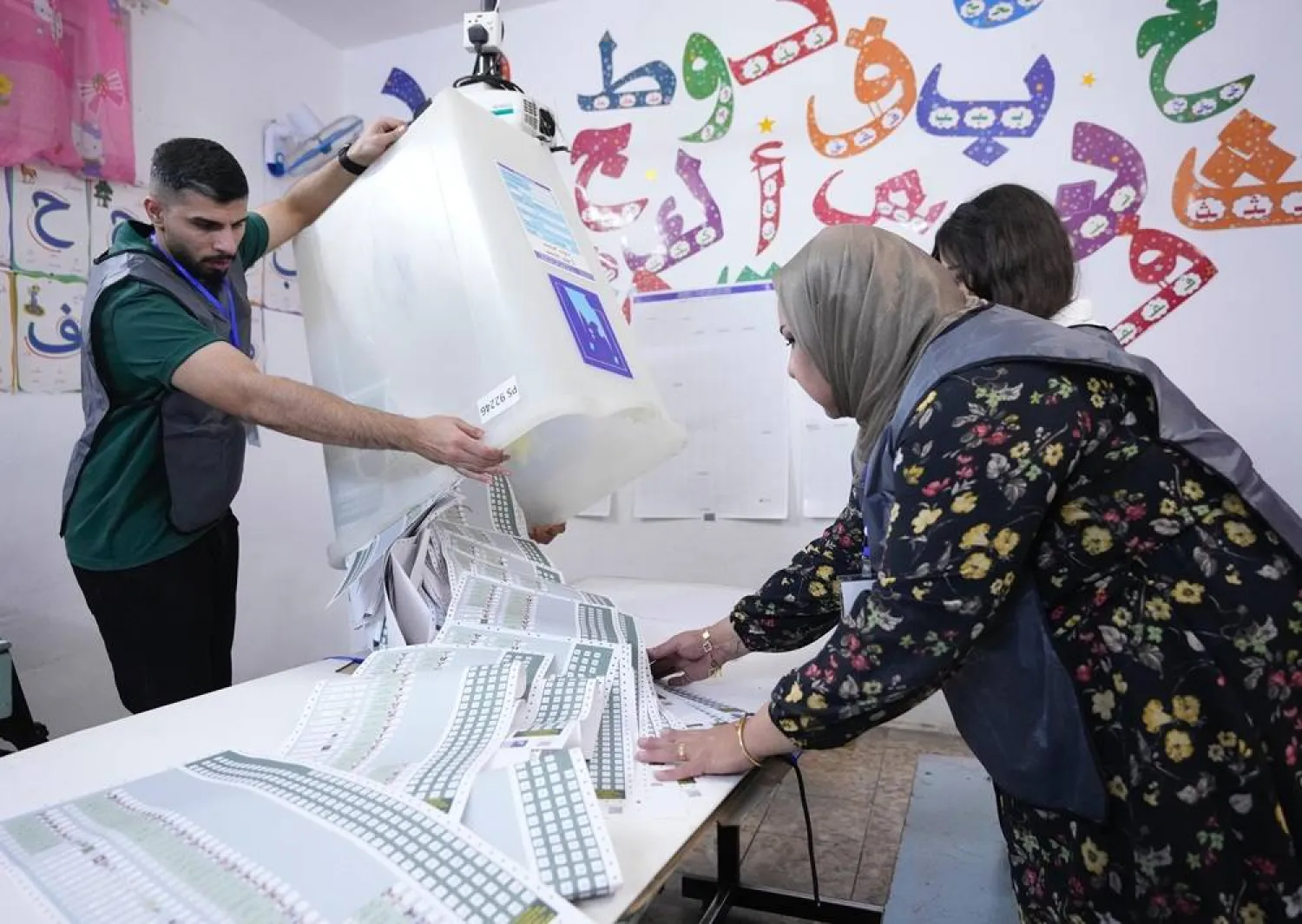The year 2023 began on a seemingly optimistic note for Sudan. Its leading generals, Burhan of the Sudan Armed Forces (SAF) and Hemedti of the paramilitary Rapid Support Forces (RSF) had endorsed a framework agreement to create a civilian transitional government. Tragically, at year end, Sudan faces de facto division like Libya. Its capital is destroyed, ethnic killing rages, 5.5 million Sudanese are displaced and 18 million are experiencing acute hunger.
This is a far cry from what the Sudanese people, the United States and others envisioned following the April 2019 ouster of President Bashir and subsequent formation of a predominantly civilian transitional government. What went wrong? The kleptocratic state created by Bashir proved powerful and enduring despite his ouster. Civilian political actors became increasingly fractious and failed to connect with the women and youth who led the 2018-19 revolution. When the transitional government tried to transition some control of the economy from military hands, Generals Burhan and Hemedti staged a coup in October 2021.
Post-coup, the United Nations, African Union and the regional Intergovernmental Authority on Development (IGAD) jointly tried to facilitate a new accommodation between civilian political actors and the generals. The United States supported this effort. The process led to an agreement to establish a new civilian transitional government in April 2023. However, the contentious issue of integration of the RSF and SAF into one army remained unresolved and spoilers took advantage.
On April 15, fighting broke out between SAF and RSF in and around the capital, Khartoum. It quickly spread. At year’s end, the RSF controls four of the five states of Darfur in the west and significant portions of Kordofan in the south as well as much of greater Khartoum. The SAF dominates most areas east of the White Nile. Sudan is de facto divided.
The world has not ignored this new crisis in Sudan. The United States and Saudi Arabia quickly organized negotiations in Jeddah seeking a ceasefire and humanitarian access to displaced Sudanese. Despite the generals’ promises of a ceasefire, fighting continued. Negotiations were suspended. Other external actors also tried their hand at mediation. However, Burhan’s rump government rejected African Union efforts citing the AU’s post-coup suspension of Sudan as evidence of bias. Burhan rejected the IGAD quartet effort claiming its Kenyan leadership favored the RSF. He also stymied any role for the UN’s mission in Sudan. Egypt convened a meeting of neighboring states but that effort failed to stop the fighting. The most horrendous result of the expanding conflict was the slaughter of ethnic Masalit by the RSF and its nomadic tribal allies. Such killing and raping continues to spread unchecked or uncheckable by RSF leadership.
In October 2023, the United States and Saudi Arabia resumed the Jeddah talks and soon secured SAF and RSF agreement to discuss confidence building measures toward establishing a permanent ceasefire. However, the Sudanese generals quickly reverted to their maximalist demands of the other and the fighting continued. IGAD convened an extraordinary summit on December 3 and reportedly generals Burhan and Hemedti agreed to meet within 15 days to discuss a 30-day ceasefire. No sooner had Burhan returned from the summit than his Foreign Ministry began undermining the summit’s outcome. Peace efforts seem to be deadlocked.
Despite recent RSF territorial gains, the fighting also seems headed for deadlock. Can the SAF or RSF decisively defeat the other? While the generals may still believe so, Sudan’s history suggests otherwise. Its prior 38 years of civil war resulted in the country’s partition, not military victory.
Is further division of Sudan what anyone – Sudanese or outside party - really wants? Whose interests are served by such an outcome? Certainly not the interests of the majority of Sudanese who will continue to suffer and die if fighting continues. Certainly not the interests of the United States and Europe which want the ethnic killing to stop, humanitarian relief to flow and democratic governance in Sudan. And hopefully not Sudan’s neighbors who either fear a spillover of insecurity or want to invest in Sudan’s vast mineral, agricultural and commercial potential. Can investments really be secure if two armed camps continue to fight?
For the fighting and current de facto division to end, compromises need to be made among all parties’ interests. Where to begin? Probably not with Sudan’s generals who are still seeking military victory and offering no plausible path to peace. Perhaps begin with those who are enabling the continued fighting. Recently appointed UN Secretary General Special Envoy Ramtane Lamamra has the experience and gravitas necessary to engage all parties connected to the conflict to stop the fighting and open space for a political solution. The imminent appointment of an IGAD special envoy could also help, provided there is unity of effort with Lamamra. Perhaps a non-official “track two” effort could also be helpful in finding a formula that satisfies enough of each parties’ interests to end the fighting and find a political path to re-unify Sudan. However, true national unification will require the support of the vast majority of the Sudanese people. That means the civilian political and grassroots movements, which are becoming increasingly unified, need to be at the center of any formula for lasting peace and stability. Since independence, Sudan mostly experienced military rule and it became a brittle state. Cobbling together another military-dominated government and hoping for a different outcome is futile.
Might the United States and Europe support such an interests-based approach entailing many compromises? Might they be better able to achieve the security, humanitarian and governance objectives of the Sudanese people by doing so? Could they support deals cut by Sudan’s generals and civilian leaders with the country’s regional partners? In other words, could they compromise some of their interests if those fueling and fighting the war are willing to do the same?
Sudan’s survival depends on ending the fighting. That requires adroit diplomacy, facilitated by a trusted, disinterested party, to secure compromises of both Sudanese and external interests.









